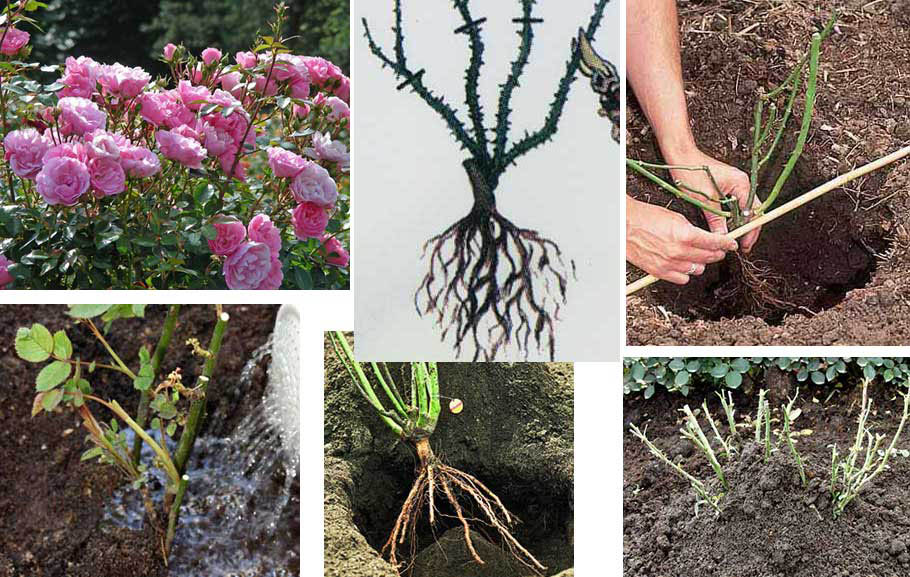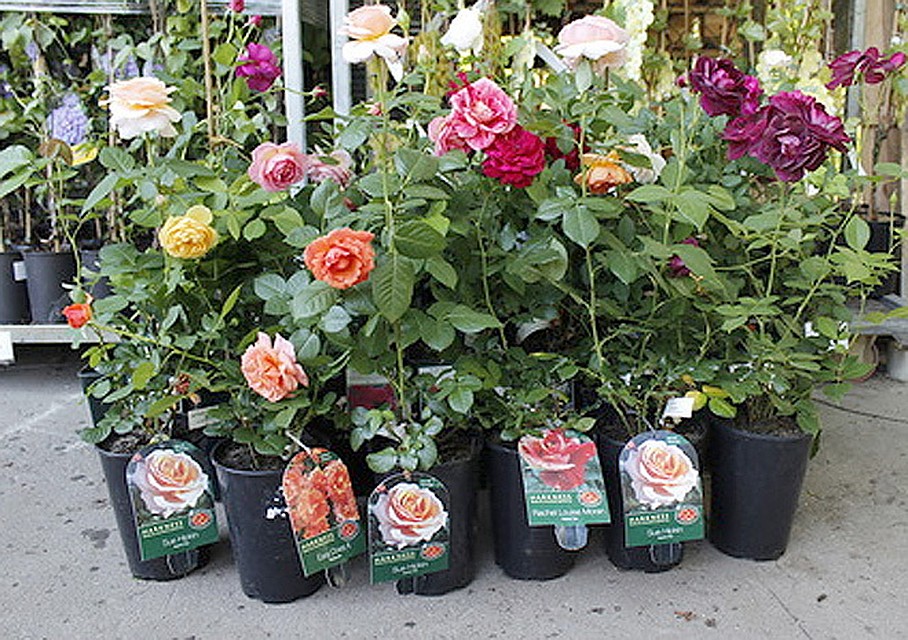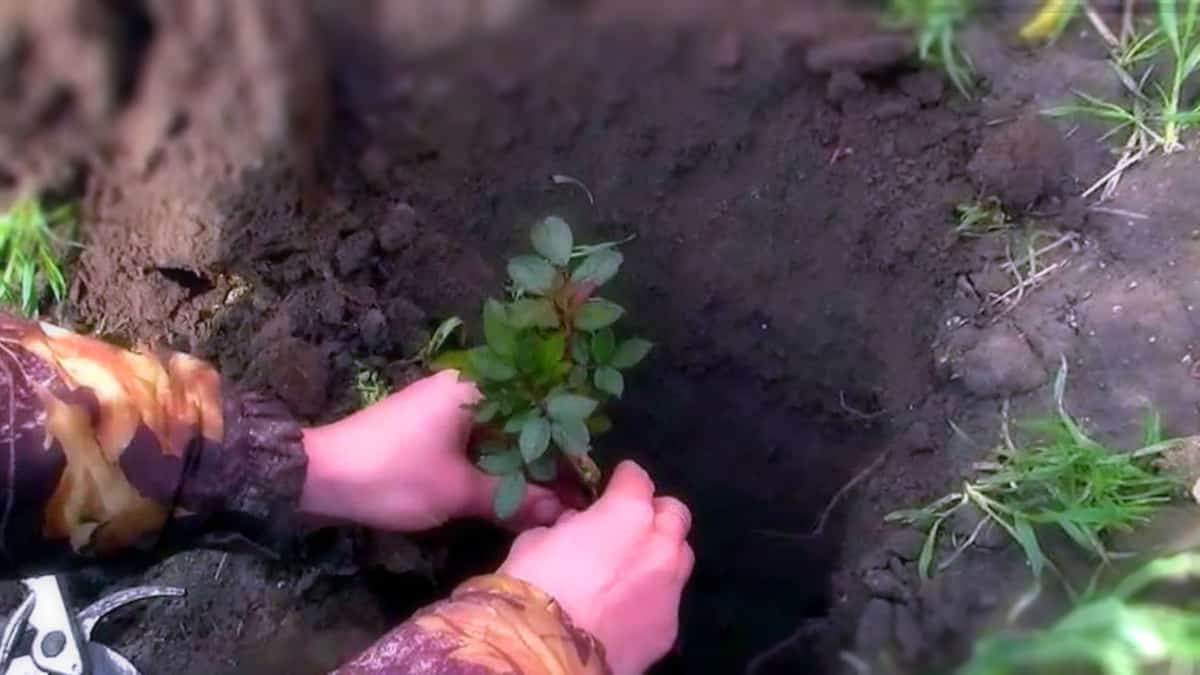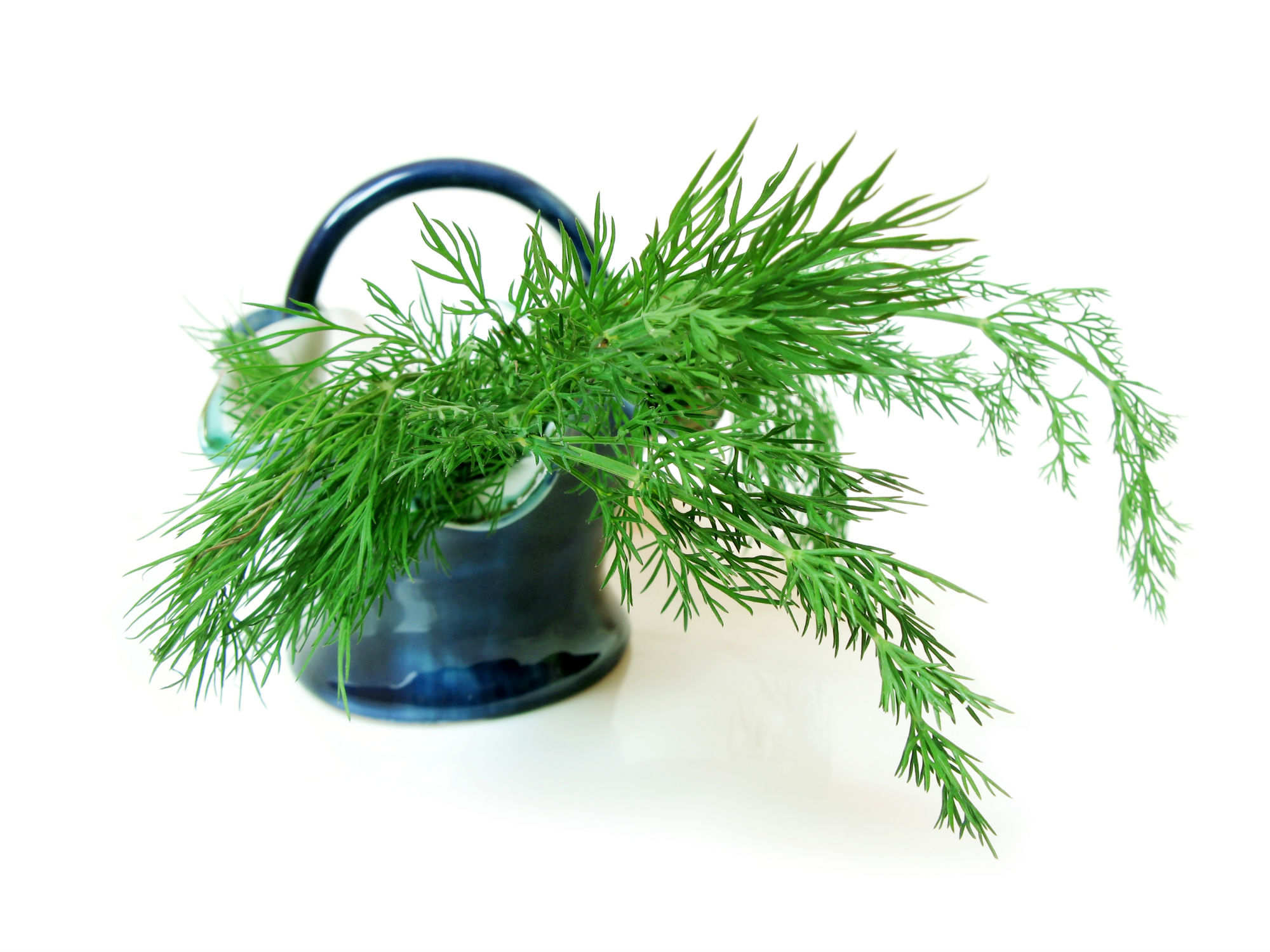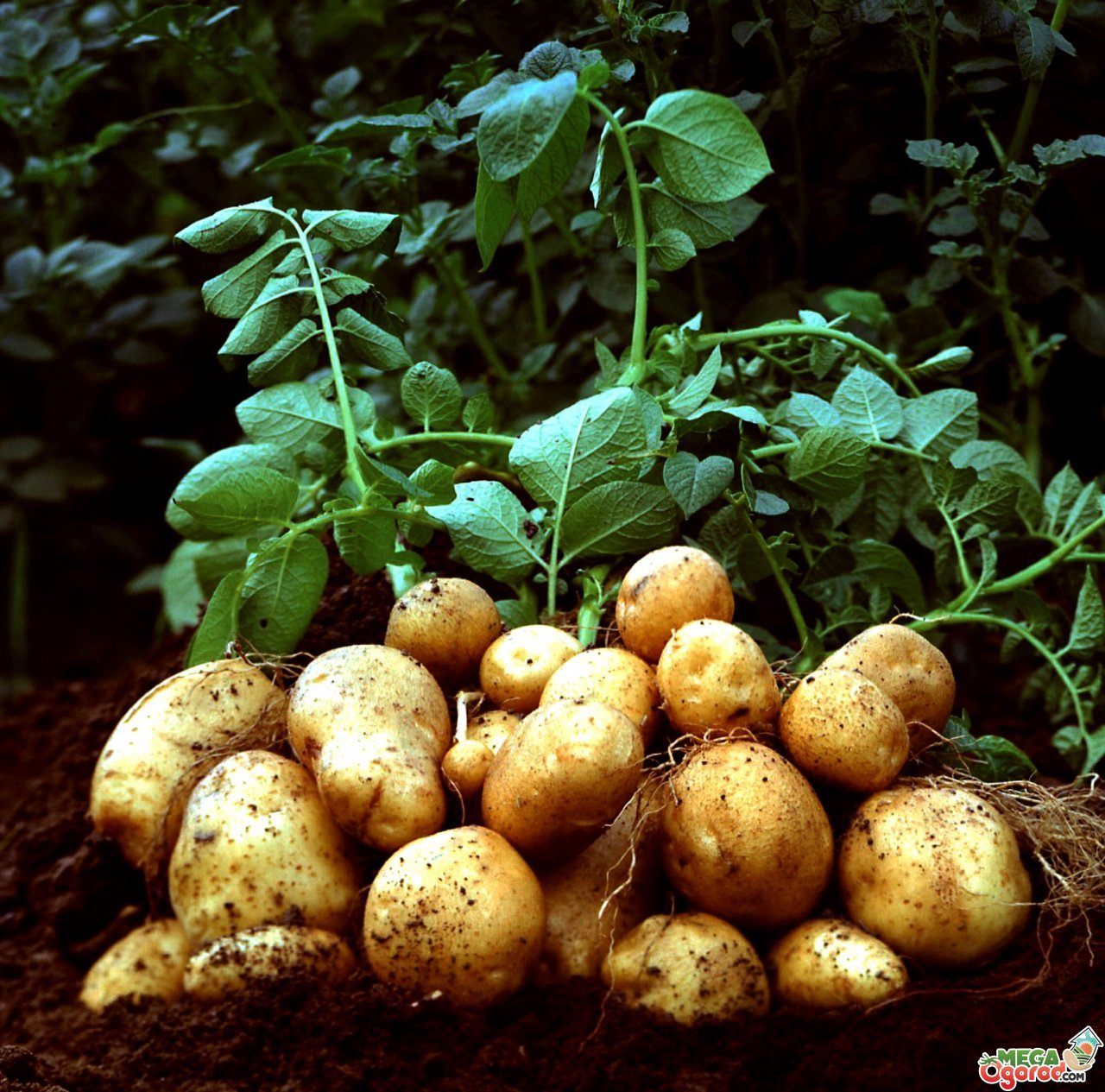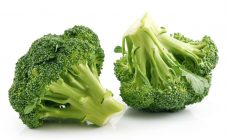Content:
Rose is the common name of various varieties grown by humans, belonging to the genus Rosehip. In Russian annals, these plants are first mentioned in the 16th century, and they became widespread during the reign of Catherine II. At the end of the 19th century. the rose has gained recognition throughout the European part of Russia.
Although the rose is the leader in cultivation and sales in warm countries, such as Kenya, Colombia, Ethiopia, many frost-resistant varieties have been bred, especially for risky farming zones, of which there are many in Russia (Siberia, Ural). And if you follow the rules of agricultural technology, even there you can achieve the flowering of these capricious beauties.
Rose growing rules
If you want to grow these luxurious flowers, there are important points to consider.
Buying a seedling
Saplings of the highest category include plants with at least 3 stems, the second - 2 stems. When buying, you should inspect the stem and leaves for disease.
Saplings sell:
- with an open root system;
- with closed.
Each method has its own pros and cons. The advantages of the former are that you can inspect the roots, how they are developed and whether they are rotten, moreover, they are cheaper than seedlings in containers. The root collar of the seedling must be at least 8 mm in diameter. It is worth scratching a little with your fingernail along one of the roots, it should be white.
The advantages of the latter are that the root system does not suffer during transportation, the plant can be kept for some time in a container if it is not possible to immediately plant it in the ground.
Landing place
For planting rose seedlings, choose a sunny, dry place, but with a light shade at noon, especially for varieties with dark buds, since flowers of light shades are easier to tolerate direct sunlight.
Do not plant young bushes:
- near old rose bushes, since the soil under them can be infected with diseases and there are few nutrients for young plants;
- under the trees;
- along fences;
- in the shadow;
- in the northern part of the garden;
- in an area blown by the winds.
The best soil for rose bushes is considered to be fertile loam, loose and air-permeable with a deep bedding of soil input. But such land is rarely found in nature, and therefore, when planting in a dug hole in sandy soils, which freeze in winter and do not retain moisture and nutrients in summer, sod land and peat are introduced. Clay lightens by adding peat, humus or compost, sand.
In general, roses love soils that are slightly acidic or with a neutral pH. The size of the planting pit and the distance from neighbors depend on the plant variety. When planting a climbing rose, take into account the fact that in winter it needs shelter. Usually they dig a hole 50 by 50 cm. They fill it with the necessary additives (peat, compost, etc.), ash, fertilizers for roses and mix everything.A seedling is placed, spreading the roots, covered with earth, lightly tamped, watered abundantly and mulched so that the soil does not dry out.
Spring is the most ideal option for planting rose seedlings, but many are wondering if it is possible to plant roses in July. Professionals answer: yes, it is possible, if a seedling with a closed root system is planted.
How to plant a rose in summer with a closed root system
There are several reasons to plant a rose during the summer:
- an elite seedling ordered by mail was delivered late, and it will take a long time until autumn;
- there was no time in the spring;
- the seedling you want has just gone on sale.
Roses grown in containers and planted in the ground quickly take root and grow, if all planting rules are followed.
There are several advantages to planting closed-root roses:
- The quick survival of the bushes due to the fact that the plant, when transplanted, is in the usual earthen environment and gradually gets used to the new soil.
- Growing in containers makes it possible to deliver the plant anywhere in the world.
- The ability to transport plants with a clod of earth up to 1 m.
- The dream of last century collectors to root roses with blooming buds has come true. In this case, it is possible to accurately determine the plant variety.
- Planting a rose is possible at any convenient time.
Pit preparation
They dig a hole 50 by 50 cm in size, laying the upper fertile layer in one direction, and the lower one, which goes below 30 cm, in the other. If the soil is clayey and heavy, drainage should be placed on the bottom, consisting of gravel and sand. Pounded clay can be placed in sandy soil to retain moisture. Further, the fertile upper soil is poured to the bottom, fertilizers for roses are added, a seedling taken out of the container is placed.
The hole around the seedling is tamped, raking the earth to the stem, watered abundantly around the circumference of the roots and mulch, covering the wet soil around the plant with peat, rotted sawdust or just dry grass. It is necessary to hide the rose from bright sunlight by making a cap from improvised means. After 2 weeks, the soil is removed from the trunk so that young cuttings do not give roots.
How to remove a rose seedling from a container
There are various types of containers:
- elastic (cellophane packaging);
- hard (plastic);
- self-decomposing (peat).
Before removing the plant from the package, you need good watering, you can lower the container into a bucket of water. Further, in the case of elastic packaging, it is trimmed from the edges, and the plant is easily removed with a lump of earth.
If removed from the plastic container, it is carefully turned upside down with one hand, and thus the plant is pushed out of the pot. The other hand is placed under the branches, holding them. In the case of a peat pot, you can simply wet it and remove it, as it can be removed well. Or make several large cuts on the sides and in the bottom and do not completely remove it, because it will subsequently decompose itself, serving as a fertilizer.
A seedling with a clod of earth is placed in a hole, covered with a prepared fertile earthen mixture, tamped, spilled well (1-2 buckets of water) to fill all remaining voids, and mulched to avoid evaporation of water and the formation of a crust.
Planting a rose from a pot
Such roses are called own-rooted. For breeding in this way, red and pink domestic zoned varieties are most suitable. With imported specimens, the survival rate is small.
Sometimes it turns out to grow a rose by cutting off a stalk from a purchased specimen. In this case, the bouquet is pruned at a 45 ° angle under running water to prevent air from entering the stem. Honey is added to the water for the bouquet, as a growth stimulant, and it is changed every day. A shoot prepared for grafting is cut off the top and cut into several parts so that each has 2-3 buds. Moreover, the upper cut is made perpendicular to the shoot at a distance of 1-2 cm from the leaves, and the lower cut is made obliquely 2 mm below the bud.
Not many people know that you can grow a rose in a potato tuber. During the formation of root buds, the potato feeds the stalk with everything necessary:
- starch;
- moisture;
- vitamins;
- phytohormones.
Potatoes save a young plant from fungal diseases and drying out. The disadvantages of this method include not very good survival of the planting material.
Before planting, the cuttings are kept for 3 to 12 hours in solutions of root-formers. They can be:
- heteroauxin;
- epin;
- aloe (20 drops per 200 ml of water);
- honey (1 teaspoon per 200 ml of water).
Potatoes are selected large or medium in size, eyes are cut out and holes are made with a sharp awl or screwdriver to such a depth that the lower bud of the cutting is inside the potato. The root crop is immersed in the ground to a depth of 2/3 of its height. If the container is large, you can plant several potatoes at a distance of 15 cm from each other. Cover the top with a glass or plastic cap, open every day for air to enter, and spray from a spray bottle. When watering 1 time in 5 days, add 1 tbsp. separated water 1 teaspoon of sugar. After about a month, roots will appear on the plants. At this time, you need to start accustoming the plant to room temperature, leaving it ajar more and more each time.
Transplant into soil
Many lovers first encounter the problems of planting roses in summer in July, but this is done in the same way as in spring. If everything is done correctly, then the next year the flower will delight you with fragrant and beautiful flowers. Actions performed:
- choose a dry, high place, protected at noon from direct sunlight;
- prepare fertile land;
- dig a hole 50 by 50 cm;
- lay down drainage;
- fill the pit with fertile soil (sod land + peat + sand + compost + ash) by half;
- put a stalk with an earthen lump;
- fall asleep with earth, tamp;
- shed well;
- mulch.
At first, the seedling is covered from the sun's rays by making a paper cap.
Rules for planting roses in open ground in different regions
The timing of planting roses in different regions is different. It all depends on the weather conditions, but the network has general rules that you need to finish planting a month before the onset of frost. If in the Middle Lane and the Moscow Region this can be done from the end of April to mid-October, then in zones of risky agriculture with their return frosts (in Siberia and the Urals) it is better to plant in the period from early June to late August or early September ...
Lovers wondering how to plant roses in open ground in the summer will 100% find the answer in this article.

